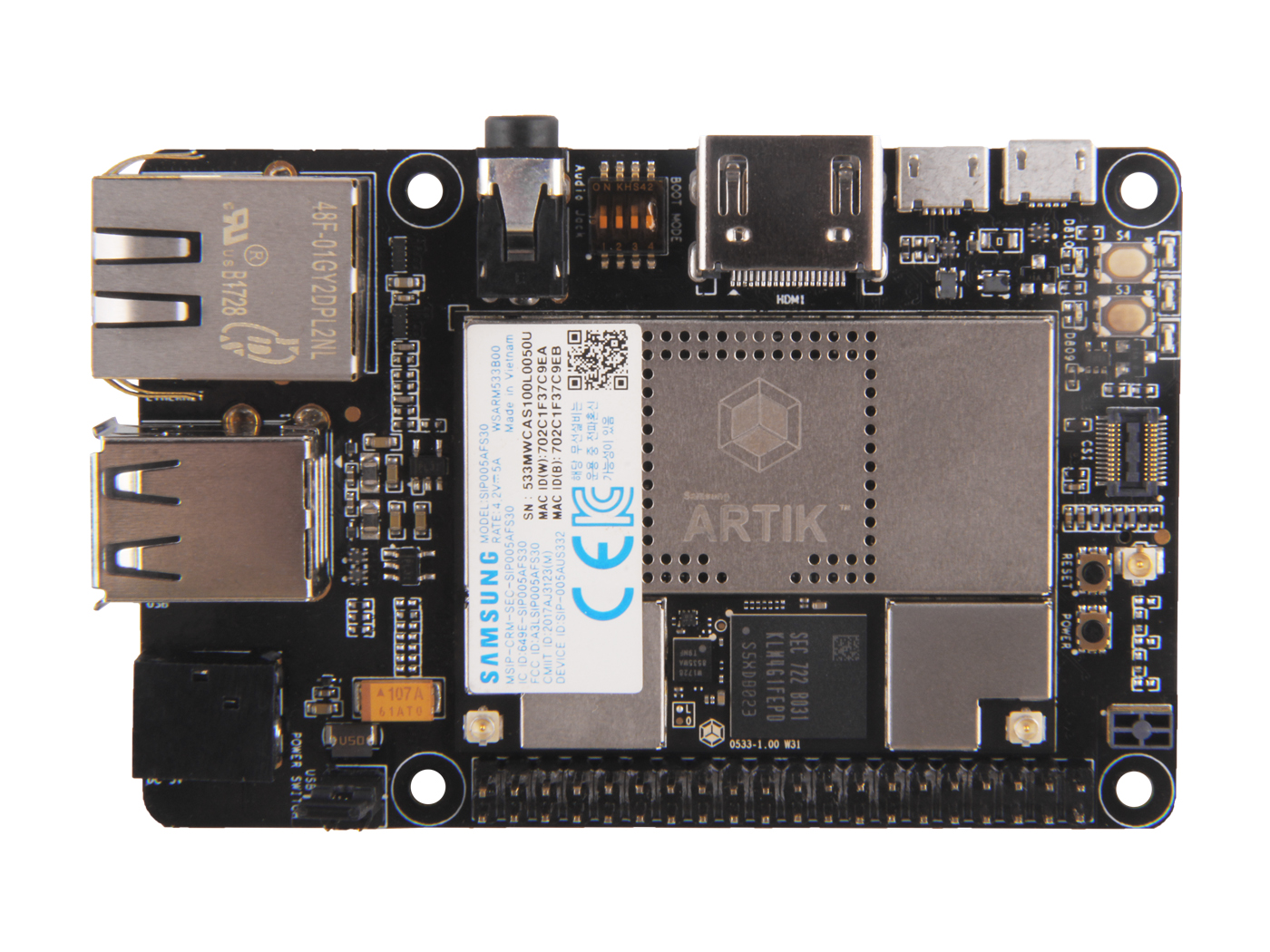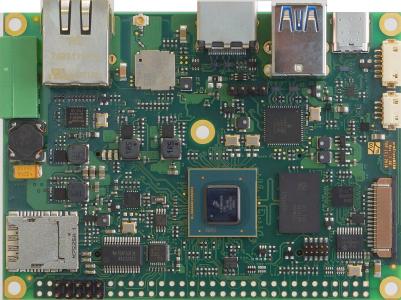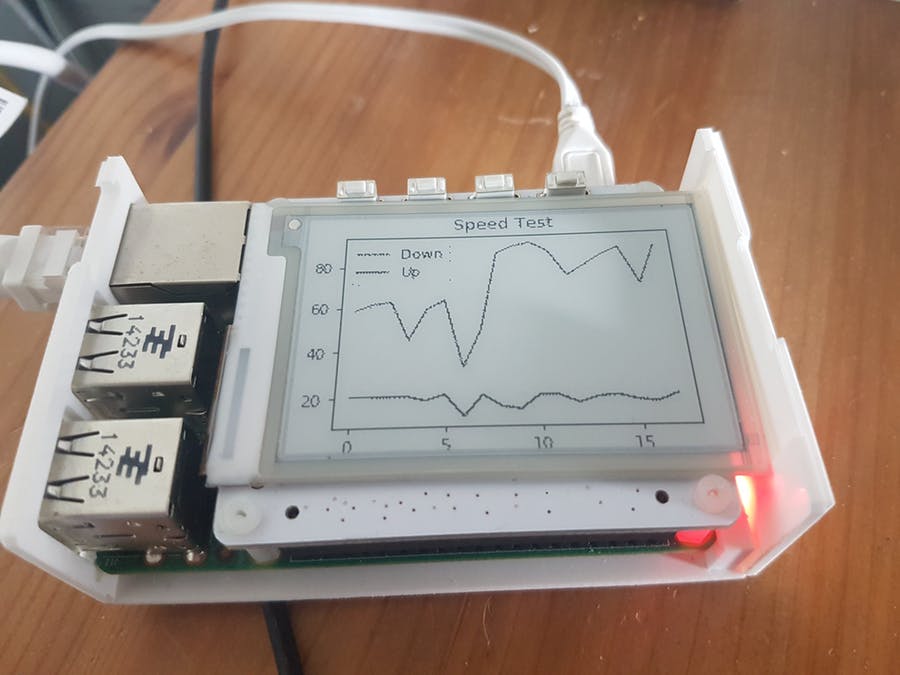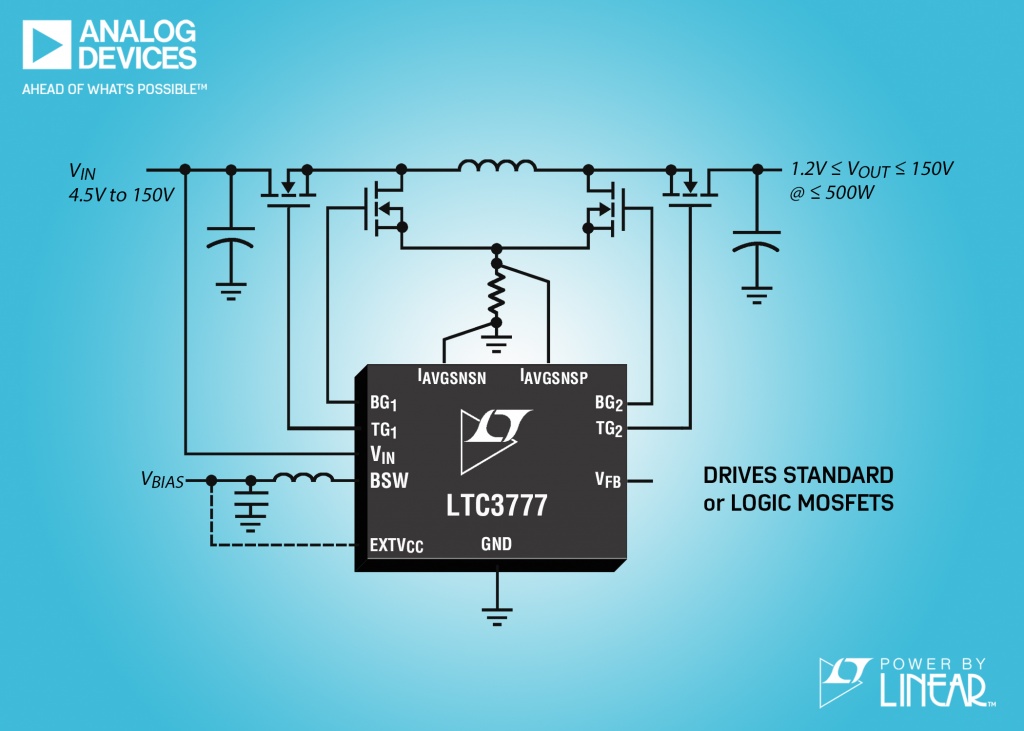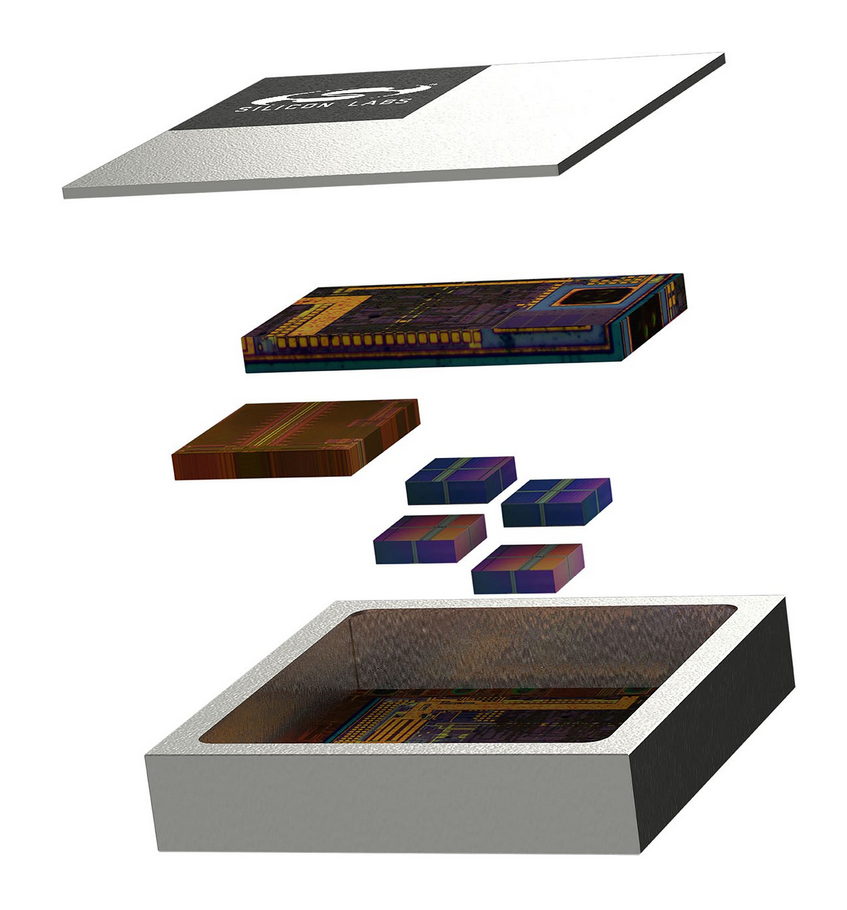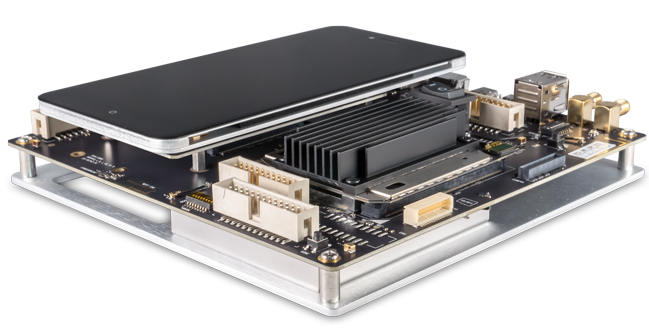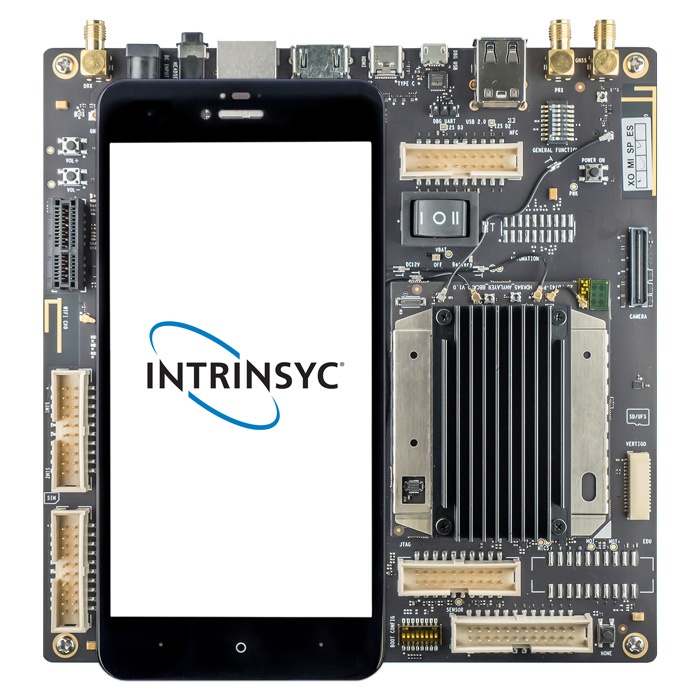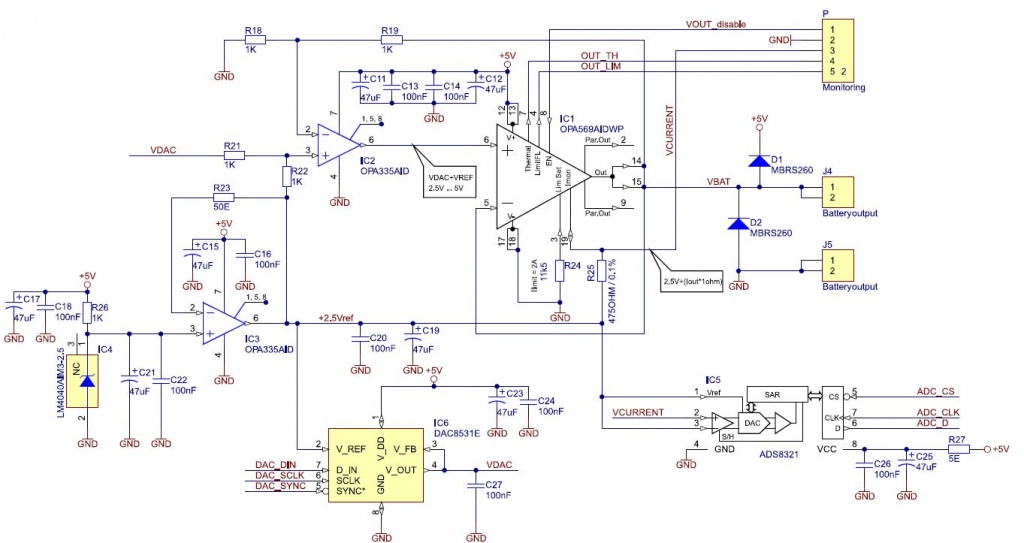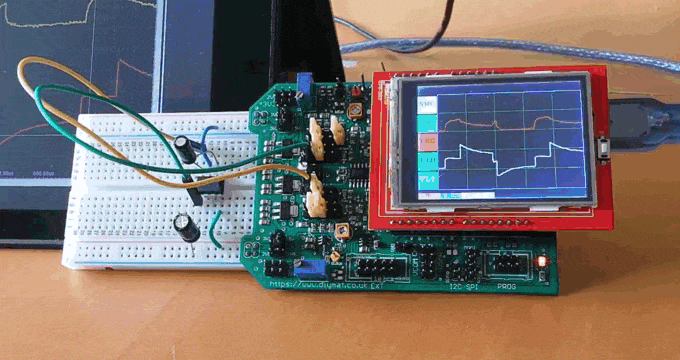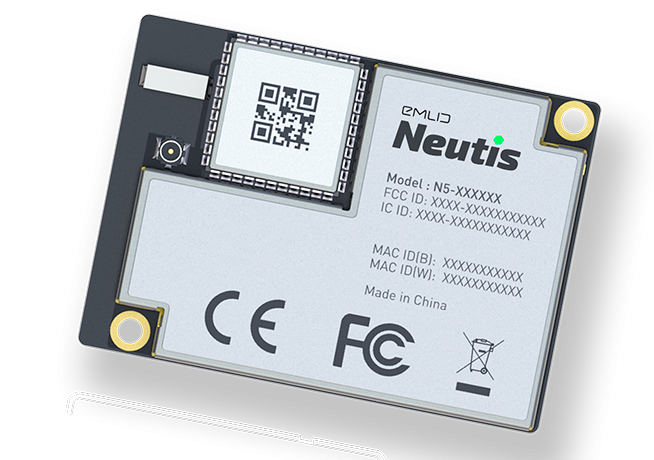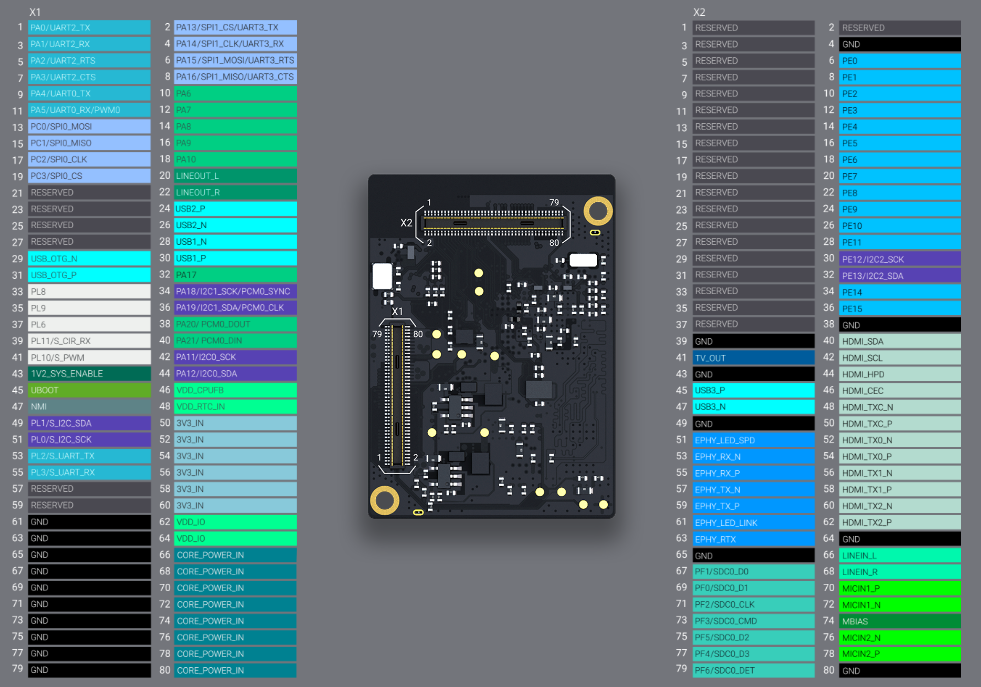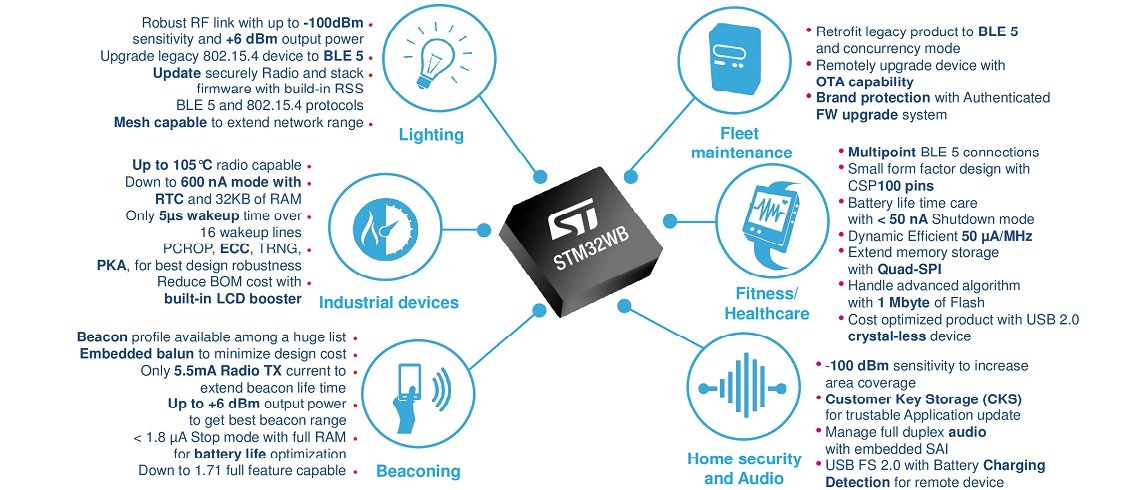The Samsung ARTIK™ is an integrated IoT platform consisting of enterprise-grade modules, cloud services, and end-to-end security for the design and development of robust IoT solutions. ARTIK empowers developers with easy-to-use APIs and SDKs, extensive documentation and rich tools. It hides the complexity inherent in IoT behind open, enterprise-grade APIs. Seeed Studio, a household hardware company, has launched the Eagleye 530s.
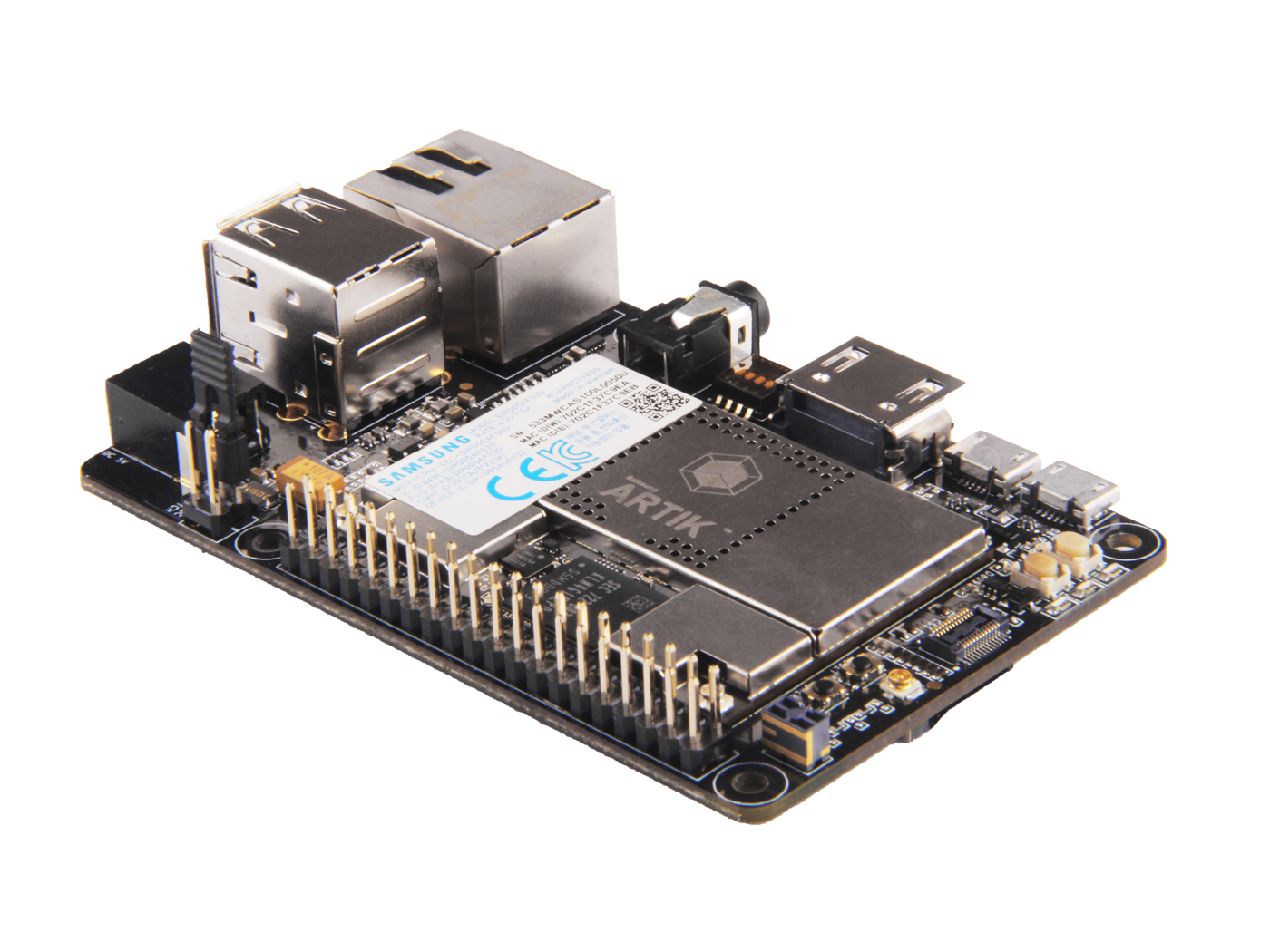
The Eagleye 530s released by Seeed is a maker board in a Raspberry Pi form factor and powered by the Samsung Artik-IoT Platform. The Eagleye incorporates the Samsung ARTIK 530s, a 1GB system-on-module (SoM). Samsung Artik 530/530s is a module meant for the Internet of Things; it’s based on a quad-core Arm Cortex A9 processor for local data processing and multimedia engine to handle audio and video processing. The module provides support for Ethernet, dual band WiFi, Bluetooth 4.2, and 802.15.4/Zigbee and Thread connectivity. Eagleye 530s supports full HDMI, MIPI camera interface, video, and audio media.
As compared to the original Raspberry Pi 3, The Eagleye has an ARM Cortex A9 installed with four cores clocking at 1.2 GHz. They both have a 1G of RAM, while the Pi 3 requires a micro SD card as it’s storage medium, the Eagleye doesn’t, it comes with a 4GB of eMMC flash memory, so micro SD card is optional. It offers much more than it’s competing product, it supports the wireless protocol Zigbee, making it suitable for IoT gateway applications.
The following are the Eagleye 530s board specifications:
- Processor– Quad Core Arm Cortex A9 processor @ 1.2GHz
- System Memory – 1GB DDR3
- Storage – 4GB eMMC flash, SD card slot
- Connectivity
- 802.11a/b/g/n dual band SISO (2.4G/5G)
- Bluetooth 4.2(BLE+Classic)
- Zigbee/Thread 802.15.4
- Gigabit Ethernet port (RJ45)
- Video Output – HDMI port
- Audio – 1x Headphone Jack
- Camera– 1x MIPI CSI header
- USB – 2x USB 2.0 type A ports, 1x micro USB OTG Type-B
- Debugging – 1 x Micro USB UART Type-B
- Expansion – 40-pin GPIO expansion header compatible with Raspberry Pi
- Power Supply – 5V via DC jack or micro USB UART connector
- Dimensions – 87mm x 58.5mm x 20mm
- Weight – 50g
Eagleye 530s will allow Samsung ARTIK developers to build on the powerful Raspberry and Makers ecosystem easily. Eagleye 530s is available for preorder on the Seeed website. Estimated ship date at the end of April 2018.


